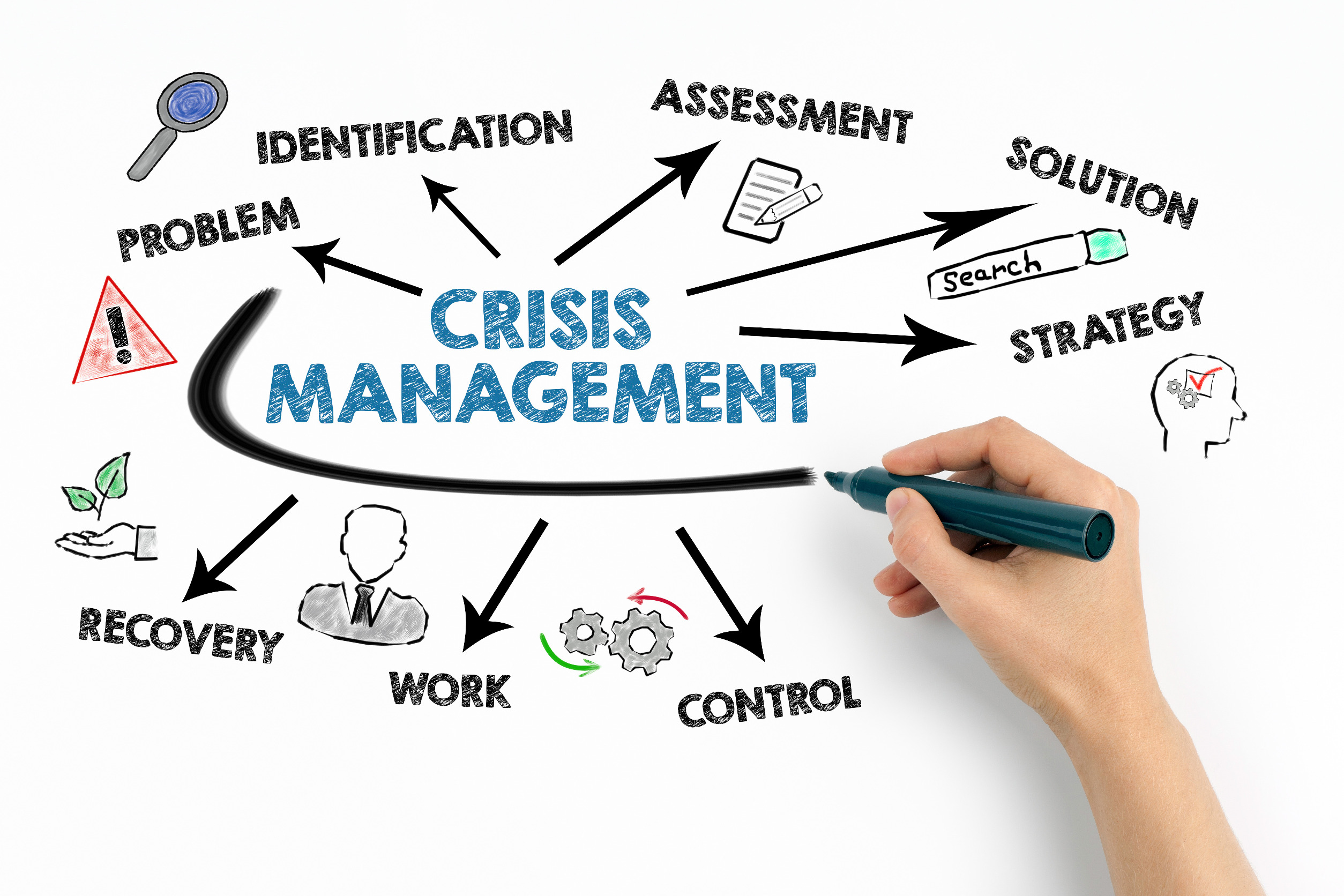As change practitioners, we each bring our own lens to our work. For some, it is an HR lens, or IT, or OD. Yours might be a change management lens, or project management, or strategy execution. Perhaps it is the lens of a therapist, coach, or mentor. Each perspective is important; each gives us different insights and can contribute to charting the path to successful execution. However, all too often in charting—and traveling—that path, we lose sight of a fundamental truth…All change is personal.
It doesn’t matter whether the change begins at the organizational—or even the societal—level. It doesn’t matter whether the catalyst is a Supreme Court ruling, a merger, or a decision to make a job (or career) change. For those affected by any change, that change is personal. And, the more it disrupts the current state of things, the more personal the change is.
Unfortunately, many of our modalities for approaching change lose sight of this fundamental truth. We look at those affected by a change as “stakeholders,” or as sponsors, change managers, and targets.
Our mindsets lay the trajectory for our actions. By referencing those who have to change as “targets,” we tend to forget that we as change practitioners, the organization’s leadership, and sponsors throughout the organization have to change as well. There becomes a “we/they” dynamic. Those we view as targets begin to feel like targets. (I’ll just lay low until this one passes over.) Or, they respond like victims. (Why do they keep doing this to us?) Often, the hope is to survive the change. (If I can get through this one…) People are targets when someone else is taking aim at them, determining what will happen to them. Those who are best prepared to change often opt not to be targets, leaving the organization instead.
However, it is possible to undertake massive organizational change without targets. Let me give you one real-life example. A large financial institution was totally reconceiving the way in which they were going to operate. Some jobs were going away, other positions were being created, and every job that was continuing was to experience major changes. The ways in which bank employees related to clients was to undergo a significant shift. This initiative was clearly “transformational.”
We can all imagine how this might have been rolled out, and what employee responses would be. Here (paraphrasing) is how it was actually presented.
We know there have been rumors about the changes we are undertaking, so we wanted to share with you an overview of our plans.
The changes we are initiating are transformational. In fact, they are so significant that we have decided that what we are doing is the equivalent of shutting down the existing bank and opening a new one.
As an employee in good standing, you have the option of leaving with the full package of benefits you are entitled to; if you chose this option, we will provide career counseling and job placement support.
You also have the option of applying for a position in the new bank.
Accompanying this announcement are descriptions for all of the positions in the new bank. Each description addresses the responsibilities of the position; it also describes the skills required, and the mindsets needed to be successful. Please note that we do not believe that anyone, at any level of the organization, is fully qualified for any position! They are all significantly different from existing positions.
If you decide to apply for a position with the new bank, complete the application and the accompanying skills inventory. When we meet with you to interview you for the new position, we will discuss with you what we will be doing to help you close any skill gaps that you identify. In this way, both you and the bank can be successful with this transformation.
Not many organizations approach change this way. In more than four decades as a change practitioner, I have only witnessed similar approaches a handful of times. Yet let’s look for a minute at why an approach like this can be much more effective.
- Employees go from “targets” to being in control of their destiny. They can choose to leave, or to stay. A sense of control is returned to them, even as they experience the major disruption of the bank’s transformation announcement.
- The organization is communicating honestly about the level of disruption that will be experienced, rather than playing it down…earning trust and respect in the process. At the same time, they are communicating that this is not a change that you can “duck” from, nor can you “wait it out.”
- There is no commitment to trying to make people comfortable with the change, something we all know is impossible. Rather, there is a strong commitment to helping people succeed despite their discomfort.
- There is an open acknowledgement that no one is fully prepared for the jobs they will be performing in this “new” bank.
- Employees are encouraged to be honest about where they need support so that “both you and the bank can be successful.”
- There is no “we/they;” there is “us.”
With this approach, the bank significantly lessened their risk of failure.
All change is personal. Most often, coaches, mentors, and therapists recognize this, letting it guide the way that they work with clients. And, most often organizational change practitioners fail to fully recognize and act from this perspective, increasing the likelihood that their changes will fail.
There is a different way for those of us who are organizational change practitioners to approach our work. It is a way that is different than coaching, mentoring, or therapy, yet it applies the “all change is personal” lens. The upcoming Building Personal Impact feature in Change Management Review™ will provide you with practical insights into how you can apply an “all change is personal” lens to reframe your thinking and approach as an organizational change practitioner.
New articles that we post to our blog are announced in the Change Management Weekly, our digest of actionable insights for change delivered to your Inbox every Tuesday. To claim your free subscription, click here:
Share With Your Colleagues
One Comment
Comments are closed.


























[…] As change practitioners, we each bring our own lens to our work. For some, it is an HR lens, or IT, or OD. Yours might be a change management lens, or project management, or strategy execution. Perhaps it is the lens of a therapist, coach, or mentor. […]